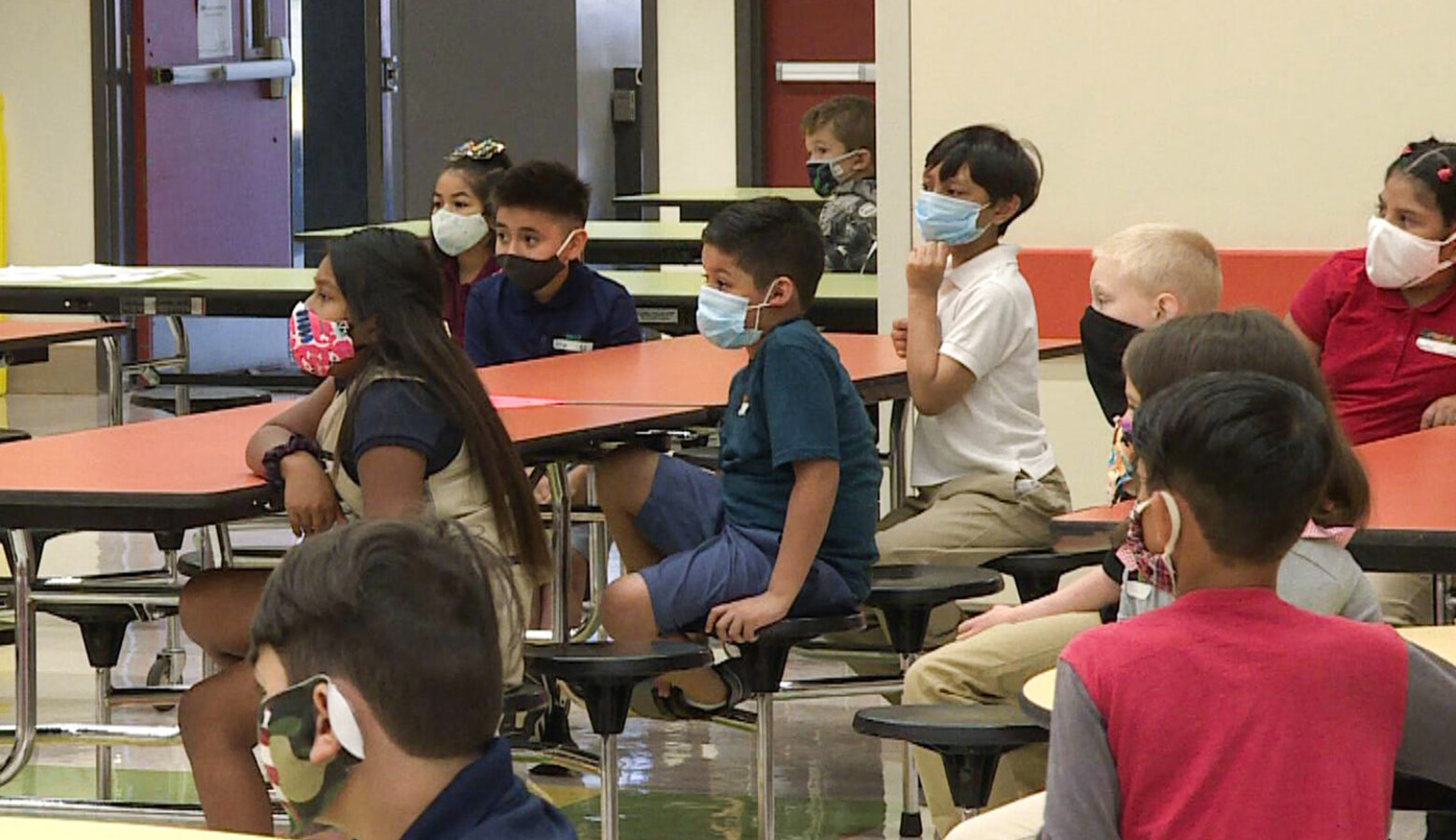Indiana Releases 2021 ILEARN Data, Analysis Suggesting Multi-Year Academic Recovery

Indiana education officials say newly-released testing data is just one part of understanding COVID-19’s impact on student learning last school year. But they’re warning against comparing the data to previous years after the state unveiled results Wednesday.
Results published by officials during the Indiana State Board of Education meeting confirm the expected drop in scores on the state’s ILEARN exam.
According to the data, just fewer than 29 percent of the state’s third through eighth graders passed both the English/language arts (ELA) and math portions of the test. Roughly 36 percent of students passed just the math portion of the test, with about 40 percent passing ELA.
About 53 percent of Indiana’s fifth graders passed the social studies ILEARN, and just more than 37 percent of the state’s fourth and sixth graders passed science. Meanwhile, about 31 percent of Indiana’s high school students passed the biology ILEARN.
Education Secretary Katie Jenner said the results shouldn’t be used to criticize efforts of schools or educators during last school year.
“This data cannot be an indictment on anyone, on anything, on any school – the reality is all of us had a global pandemic,” she said.
Some lawmakers have already echoed that idea. House Education Committee Chair Bob Behning (R-Indianapolis) said in a statement the results “do not define” Hoosier students and teachers.
Indiana Department of Education officials said the scores aren’t comparable to previous years, and the data should be considered a new “baseline” for the state. They said the pandemic had a “substantial impact” on students’ academic progress, but the test itself is also still fairly new; ILEARN was rolled out for the first time in 2019, and students didn’t take the test in 2020.
ILEARN scores won’t be used for school accountability, with lawmakers approving a “hold harmless” measure and the U.S. Department of Education waiving federal accountability earlier this year.
But ILEARN and other standardized assessments are being used as key data points in the state’s COVID-19 academic impact study.
Damian Betebenner is a senior associate from the national Center for Assessment working with IDOE on the study. He said it’s essential to look at how students’ rate of learning, or growth, has changed during the pandemic to better understand how to get students to the point they would be if the pandemic hadn’t happened at all.
“If we slowed down and we just get back to the speed we normally went, we don’t really catch up again,” he said.
That’s especially critical, he said, to close persisting gaps among different student groups.
Many student groups saw a downward shift in proficiency on the ILEARN at similar rates, but some saw steeper declines in growth compared to others.
The first phase of Indiana’s analysis shows Asian, Hispanic and Black students experiencing steeper growth declines in ELA when compared to other racial and ethnic groups. It also highlighted significant academic impacts on English Language Learners, particularly in elementary and middle school.
A few groups showed less significant changes, something officials say raises concerns about the effectiveness of their education pre-pandemic. The analysis suggests it will likely take at least one year of supplemental support for students across the state and demographic groups to get back on track in math.
Overall, students who qualify for free or reduced-price meals scored far lower than their peers.
IDOE Chief Academic Officer Charity Flores said it will take an unprecedented effort to get kids back up to speed.
“The gas pedal will need to be down for a while – we will need to drive this acceleration forward for some time,” Flores said.
Part of that effort, Flores said, is aligning COVID-19 relief resources and programs with the academic impact study and its findings. Schools also have an unprecedented amount of money from federal pandemic relief funds to address the many challenges students have faced as the pandemic drags on.
More information and analysis from the state’s COVID-19 academic impact study will be released later this summer.
This story has been updated.
Contact reporter Jeanie at jlindsa@iu.edu or follow her on Twitter at @jeanjeanielindz.

